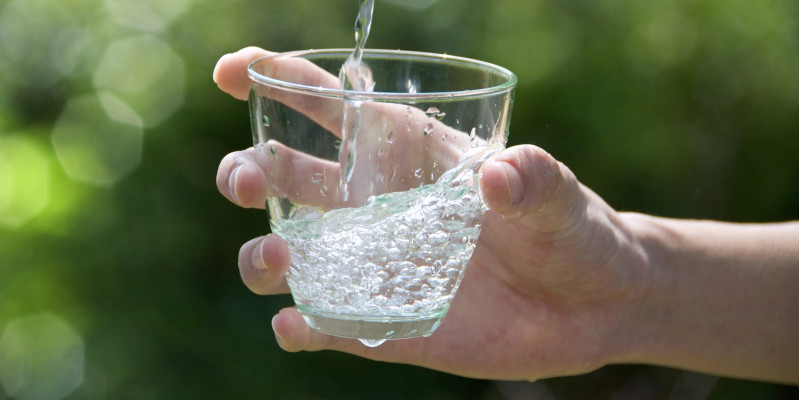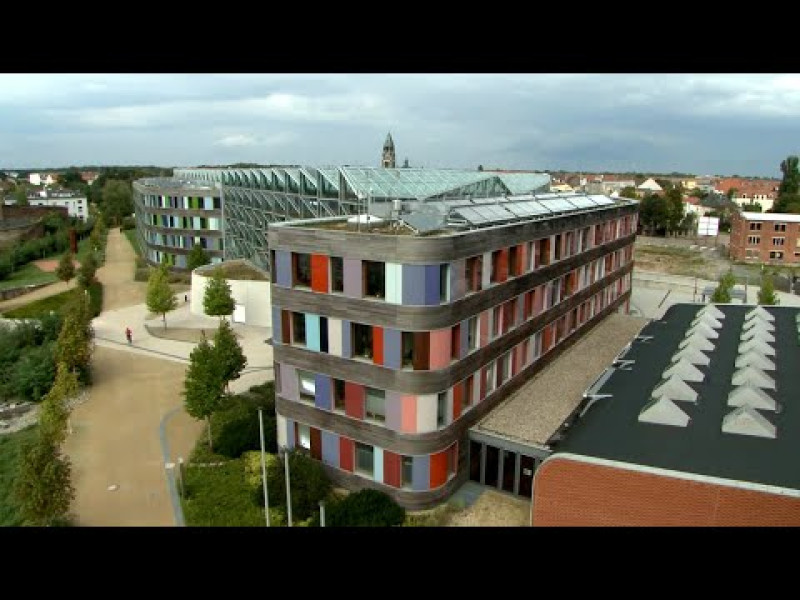The new proposal calls for a paradigm shift in chemicals evaluation. Up to now companies have evaluated industrial chemicals according to the EU REACH regulation, primarily with a view to whether they are persistent, bioaccumulative and toxic (PBT criteria). Substances which are persistent (P) are resistant to degradation in the environment; bioaccumulative (B) means they can concentrate in the organisms of man, animals or plants, and toxic (T) refers to their toxicity. The authorities consider them to be substances of very high concern which may be banned in Europe. However, the PBT criterion is limited in its scope: it only covers chemicals which are bioaccumulative and which might be absorbed from food. It does not include chemicals which are suspended in the water cycle and might therefore enter the drinking water cycle.
UBA is recommending that industrial chemicals be assessed not only on the basis of their PBT properties, but also on their mobility, that is their PMT properties. This means early identification of substances which are persistent (P), mobile (M) and toxic (T). Mobility and persistence make it possible for chemicals to be transported across great distances in rivers, lakes, creeks and groundwater and for long periods of time. If these substances are also toxic, UBA believes there is a need for action on the part of industry, regulatory authorities and water utilities.
The sources of Germany's drinking water are often located in protected areas in which industrial chemicals are either banned or may only be applied under strict conditions. However, their protection is not equally effective everywhere. In places where drinking water is extracted from surface water or through bank filtration in particular, persistent and mobile substances pose a critical challenge to water purification. To degrade them, for example by UV radiation or ozonation, or filtering (by activated carbon or membrane filtration) requires a great deal of technical and financial input, not to mention energy. "The best approach is to follow the precautionary principle and avoid contamination of the water cycle at the development phase and in the use of industrial chemicals," says Maria Krautzberger.
Drinking water in Germany is extracted from ground and spring water (70%) and from reservoirs, rivers and bank filtration. Drinking water quality in Germany is very good across the country. To ensure that the water cycle remains as free as possible of chemicals in future, UBA is hosting an event on 4 May 2017 for an exchange between representatives of the chemical industry and the water utility in Berlin.
Further information:
Neumann, M. (2017) Vorschlag für Kriterien und ein Bewertungskonzept zur Identifizierung von persistenten, mobile und toxischen (PMT-) Stoffen zum Schutz des Rohwassers zur Trinkwassergewinnung unter der EU-Verordnung REACH , Zbl. Geol. Paläont. Teil I, Jg. 2017, Heft 1, 91-101.
 Click to enlarge
Click to enlarge
